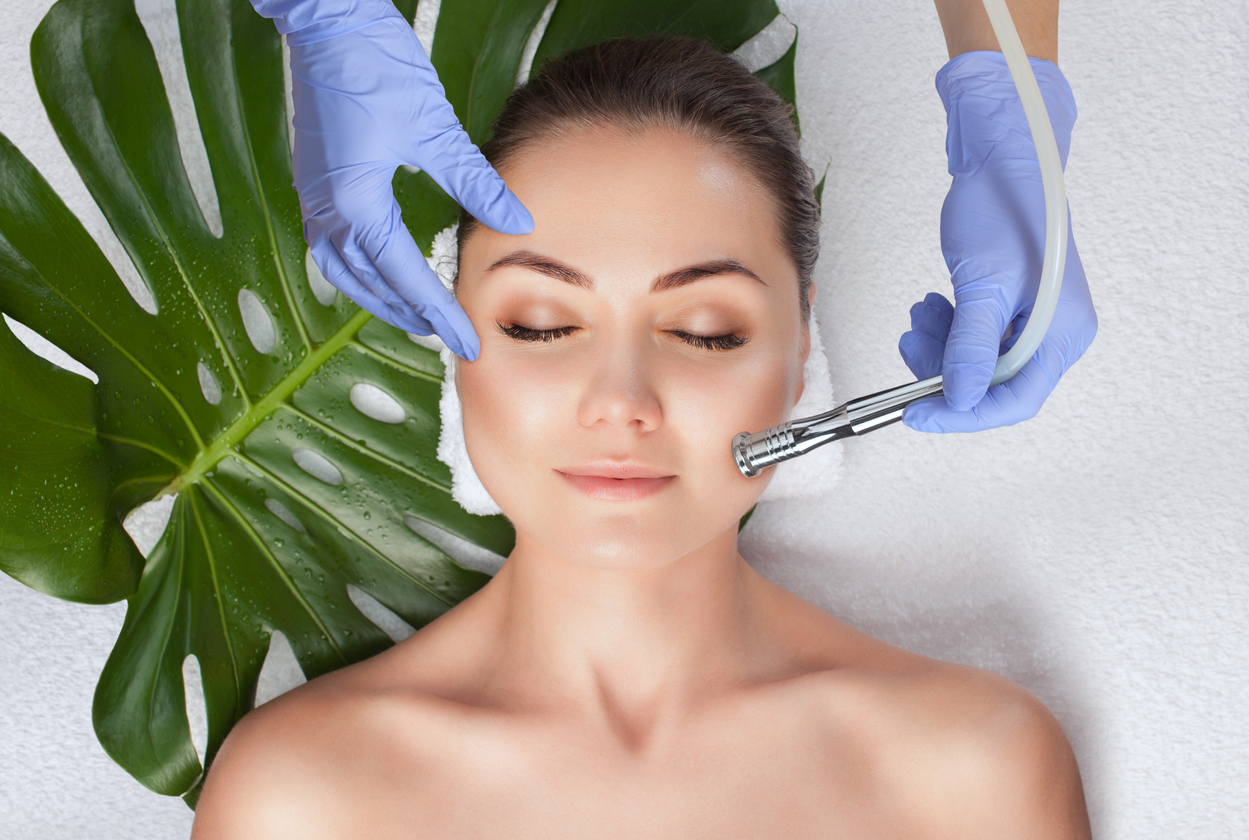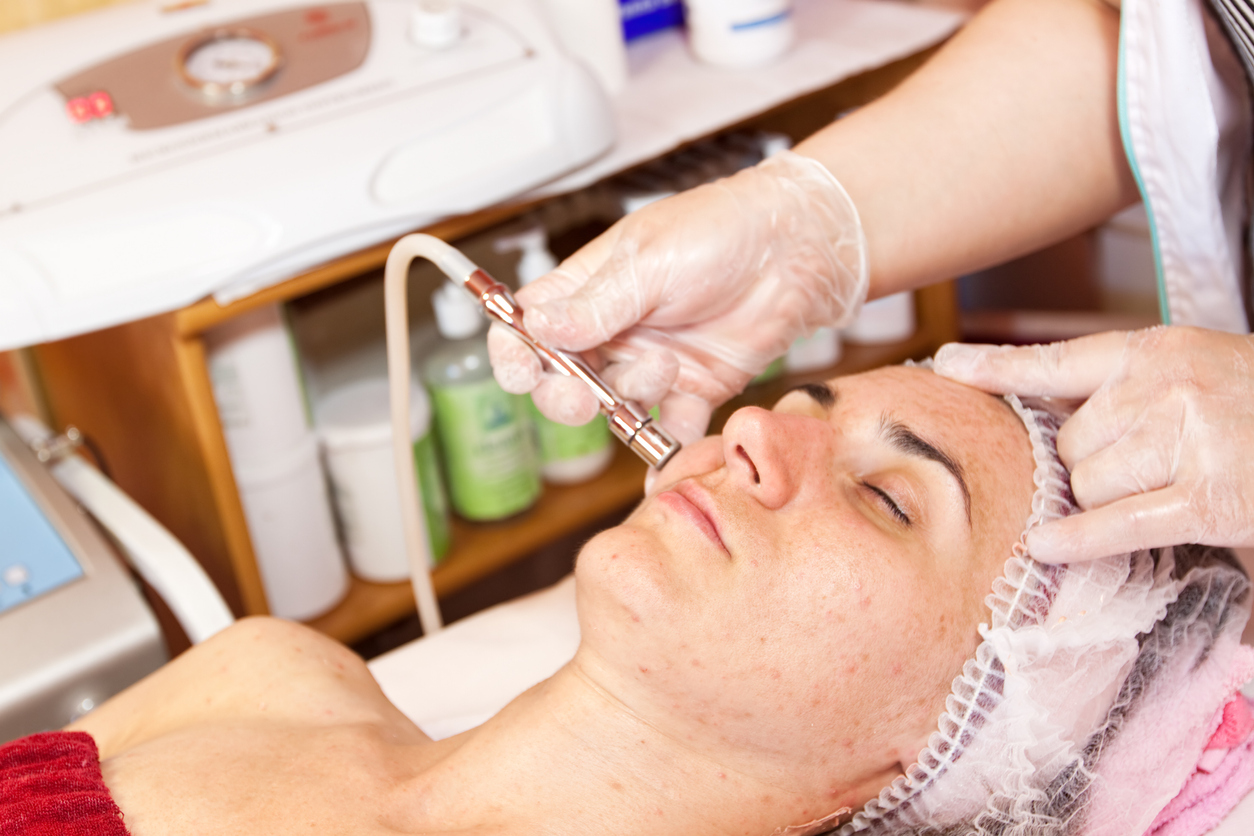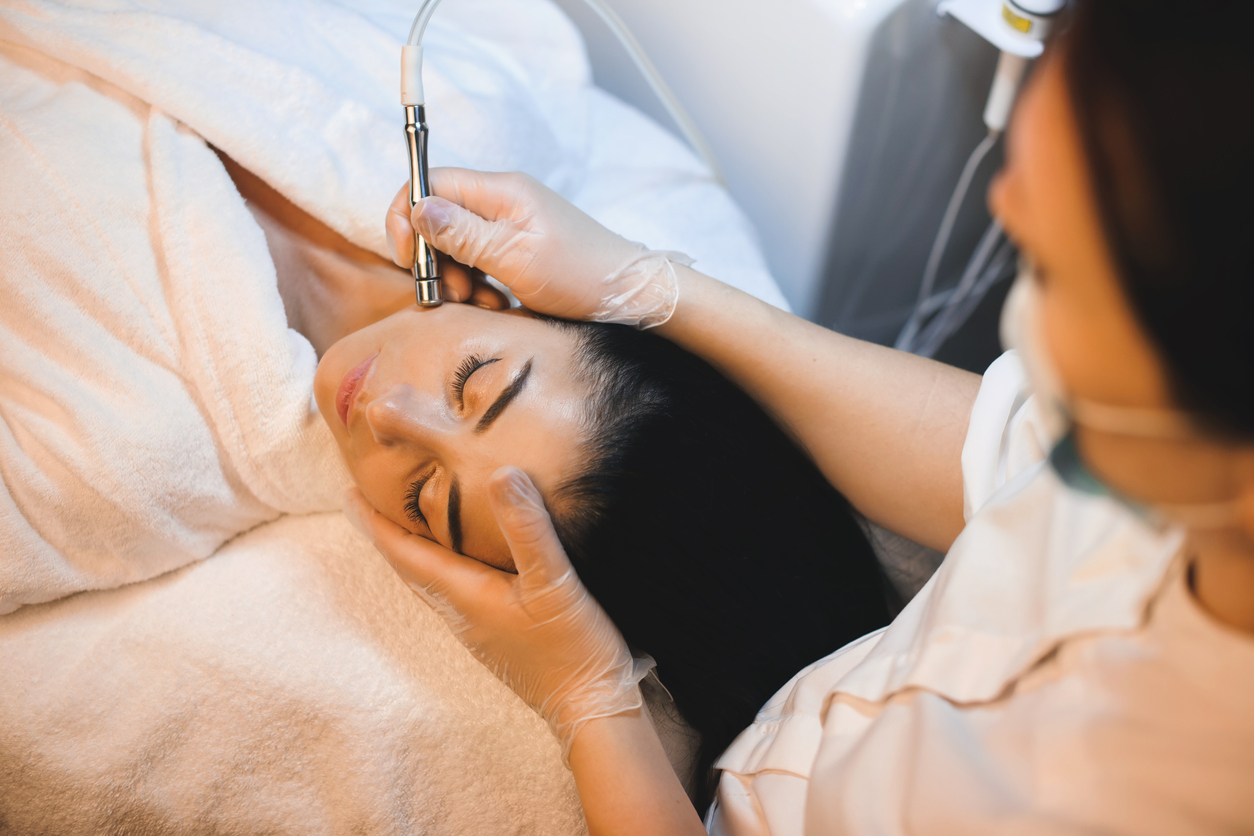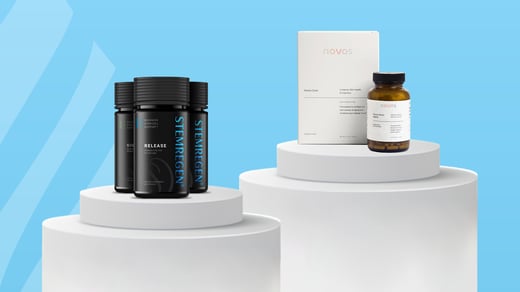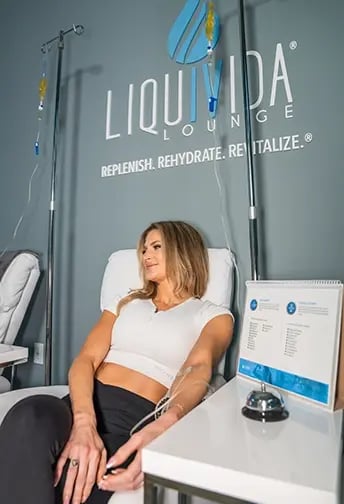If you’re like us, you love treating your skin to some TLC. But with so many skincare options out there, it might be hard to figure out which treatment is right for you and your skin. This is where we recommend microdermabrasion.
Microdermabrasion has become one of the most sought-after procedures in the world of beauty, anti-aging, and skincare. Women and men of all ages and walks of life seek out microdermabrasion facials to address everything from wrinkles to acne to hyperpigmentation. And when you combine that with the affordability of microdermabrasion facials, its effectiveness, and the fact that it’s safe for most skin types and colors, it’s hard to resist trying out this facial. We’re here to lay out the facts and tell you everything you want to know about microdermabrasion.
What to Expect During a Microdermabrasion Facial
So, you’ve booked your first microdermabrasion facial and you’re on your way to your first ever session. You might be wondering what the treatment will be like. During a microdermabrasion session, you'll be seated in a reclining chair while a technician uses an applicator with a fine, abrasive surface to very gently scrub away the outer layer of your skin and form a newer, smoother layer. Think of this facial like a precise exfoliation.
You don’t need to worry about anesthesia, since microdermabrasion treatments are relatively painless and simple to do. Once your treatment is finished and your skin is looking fresh, the technician will apply a moisturizer and sunscreen to your face. Usually, the entire process will take around 45 minutes to an hour to complete.
Benefits of Microdermabrasion
Microdermabrasion targets the top layer of your skin. This is because the outermost layer of your skin is what contains the greatest amount of blemishes, damage, and textures. If you’re struggling with any of the following skin problems, this facial treatment is right for you:
- Fine lines and wrinkles.
- Sun damage.
- Acne scarring.
- Hyperpigmentation, melasma, or age spots.
- A dull-looking complexion.
- Enlarged pores and blackheads.
- Stretch marks.
- Uneven skin tone.
- Unwanted textures.
Microdermabrasion for Acne
Lots of people use microdermabrasion as an acne treatment or to help reduce acne scars. However, it’s important to note that not all types of acne should be treated with microdermabrasion. For example, if you have an inflammatory type of acne, such as cystic acne, this treatment can make your skin even more inflamed (plus it can be pretty painful to get this procedure done over inflamed pimples). For severe cases of acne, it's best to consult your dermatologist before trying out a new skin treatment.
For those with less severe acne, microdermabrasion can alleviate their symptoms. This is because this treatment helps to clear out the debris and dead skin cells that clog the pores and cause breakouts.
But that’s not all! Microdermabrasion is especially effective for people who are struggling with blackheads. This is because the treatment helps to unclog the contents of your pores, essentially clearing out your skin. And when your pores become unclogged and nothing is holding them open, your pores shrink, making it less likely for new blackheads to form.
How to Prep for Microdermabrasion
Because this procedure is minimally invasive, you don’t need to worry about doing a lot of prep work. However, there are a few things you should do before you go in for a session:
- Check in with your dermatologist if you have any special skincare needs or if you're on any medication that could affect your session.
- If possible, avoid sun exposure and tanning creams for a week before your treatment.
- Avoid getting your face waxed within the week leading up to your appointment.
- For about 3 days before your session, avoid exfoliation creams and masks (your microdermabrasion session will be way better at exfoliating anyway).
- Do not wear any makeup to your session.
What are the Side-Effects of Microdermabrasion?
Thankfully, there are very few side effects to a microdermabrasion treatment, and the ones that occur tend to be pretty mild and go away within a few hours after the treatment. The most common side effects of microdermabrasion are:
- Tenderness
- Swelling
- Redness
- Mild bruising
- Dry or flaking skin
- Increased sensitivity to the sun
Do I Need Downtime After a Microdermabrasion Treatment?
Not at all! Once you finish your treatment, you'll most likely be ready to resume your daily activities.
How Soon Will I See Results?
You’ll start to see positive changes in your skin immediately after your first microdermabrasion facial. Specifically, you’ll notice that your skin has a vibrant, healthy glow. The full effect of that glow will show about 24 hours after your treatment when your skin is less tender.
Over the next couple of weeks, your skin’s texture and tone will begin to improve as well. Your skin will begin producing more collagen, filling in any indentations and evening out the color on your face.

Microdermabrasion After Care
After your facial treatment, your skin will be a little extra sensitive. Because of this, it’s crucial that you take care of your skin so that you don’t negate any of the positive benefits of your treatment. To make the most out of your microdermabrasion session, you must follow these suggestions:
- Avoid the sun whenever possible. The fresh layer of skin on your face is susceptible to sun damage. You’ll want to wear sunscreen and avoid being in direct sunlight for about 3 days after your session.
- Moisturize, moisturize, moisturize! Your new layer of skin is extra-receptive to moisture immediately after your treatment. Keep it looking and feeling healthy by using a gentle moisturizer.
- Avoid using irritating products with harsh chemicals on your skin. Specifically, try to avoid using products with glycolic acid, retinol, and benzoyl peroxide.
- Don’t pick at your face. It’s tempting to touch, rub, and pick at your new skin, but doing so will only delay the healing process.
- Skip the workouts for a few days after your treatment. Heavy workouts are likely to make you sweat, which can irritate your skin.
- Stay hydrated by drinking plenty of water, eating fruits and vegetables, or getting a vitamin IV drip.
The Bottom Line
All in all, microdermabrasion is one of the safest and most effective ways to refresh and heal your skin. Talk to one of our wellness coordinators to learn more about this game-changing facial treatment.
Ready to book your treatment? Discover our microdermabrasion services at Liquivida today.

